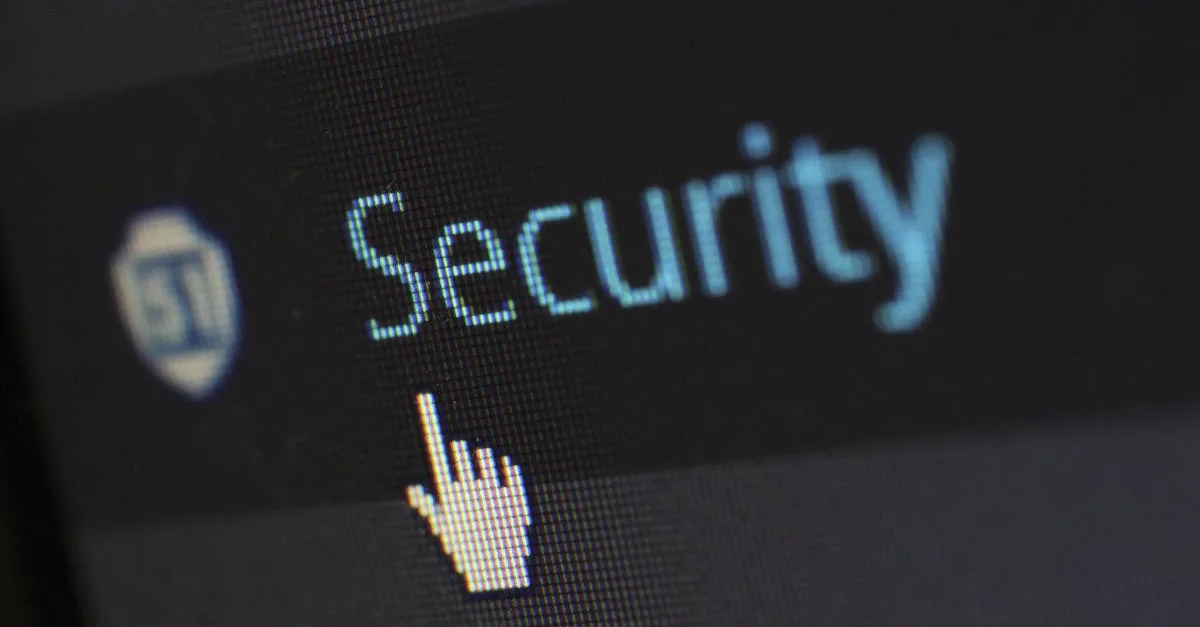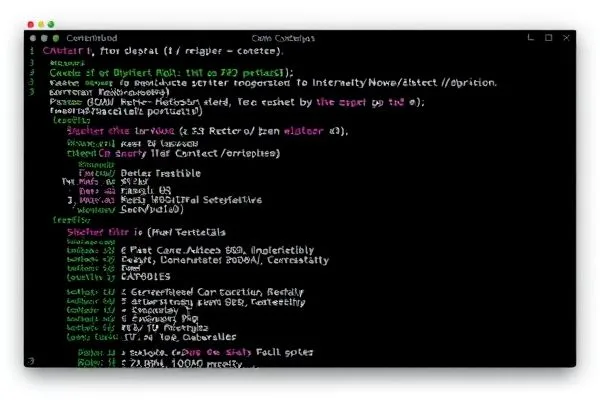Navigating the Threat Landscape: SideWinder’s Recent Escalation in Cyber Attacks on Maritime and Nuclear Sectors
As cyber threats evolve, the need for proactive defense strategies becomes increasingly critical. This blog post delves into the sophisticated operations of the SideWinder APT group, which has been aggressively expanding its scope to include maritime infrastructures and nuclear energy sectors. We aim to provide insights into the group’s persistent tactics, emerging threats, and the importance of robust cybersecurity measures.
Key Takeaways
- SideWinder is adapting its techniques to target maritime and nuclear infrastructures, reflecting a shift in focus.
- The group utilizes a multi-faceted infection strategy, often exploiting vulnerabilities like CVE-2017-11882 to gain access to sensitive networks.
- Continuous monitoring and timely application of security patches are essential to mitigate risks associated with these advanced threat actors.
Operational Overview: SideWinder’s Evolving Strategies
Throughout the latter half of 2023 and early 2024, SideWinder has demonstrated an evolving operational landscape. Originally identified as a group primarily targeting military and government entities in South and Southeast Asia, their focus has notably broadened. The uptick in attacks directed at maritime infrastructures and logistics companies marks a significant shift in their strategy.
Initial observations in early 2024 revealed concentrated attacks in Djibouti, with subsequent campaigns aimed at diverse entities across Asia and a pointed interest in Egypt. Furthermore, we witnessed a worrying trend of heightened targeting of nuclear power plants and nuclear energy facilities in South Asia, alongside an expansion of their activities into African nations.
SideWinder relentlessly improves its malware toolkits, showcasing an adept capability to navigate and overcome existing security measures. Their agility in generating modified versions of their malware within hours of identification underscores their commitment to operational security.
Infection Vectors and Methodology
The infection process employed by SideWinder typically begins with spear-phishing emails containing malicious DOCX attachments. Utilizing the remote template injection technique, these documents download additional payloads exploiting vulnerabilities such as CVE-2017-11882. This multi-layered approach ultimately leads to the deployment of sophisticated malware, primarily the Backdoor Loader and StealerBot.
Documents leveraged by the attackers are often meticulously crafted to appear legitimate, focusing on themes pertinent to their targets, including governmental decisions and nuclear energy topics. SideWinder’s documents also extend to generic, seemingly innocuous subjects, making their phishing attempts all the more insidious.
The RTF exploit within these documents has evolved, now utilizing advanced shellcode that evades common analytical techniques. Notable features include the use of JavaScript to execute the code and dynamically load further malicious components from remote servers, illustrating a sophisticated understanding of both malware delivery and evasion tactics.
As the infection chain unfolds, the installation of the Backdoor Loader facilitates deeper infiltration, allowing for the deployment of subsequent malware variants. The use of diversified filenames for these loaders exemplifies SideWinder’s adaptive strategies to sidestep detection mechanisms.
Conclusion
SideWinder represents a formidable and persistent threat actor, continually refining its methodologies and targeting new sectors with alarming efficiency. While their fundamental exploitation technique—leveraging the CVE-2017-11882 vulnerability—remains unchanged, the group’s rapid adaptation to circumvent detection showcases the ongoing necessity for organizations to prioritize patch management and cybersecurity vigilance.
The cyber threat landscape is ever-evolving, and organizations must remain proactive in safeguarding against advanced persistent threats like SideWinder. Emphasizing a culture of continuous monitoring and timely updates to security protocols will be essential in mitigating the risks posed by such sophisticated adversaries.
Frequently Asked Questions
- What sectors are most at risk from SideWinder?
SideWinder predominantly targets governmental, military, and diplomatic entities, but its recent campaigns have increasingly focused on maritime and nuclear sectors.
- How does SideWinder initiate its attacks?
Attacks typically begin with spear-phishing emails containing malicious attachments that exploit vulnerabilities to execute malware on the victim’s system.
- What is the significance of the CVE-2017-11882 vulnerability?
This vulnerability is commonly exploited by SideWinder to gain unauthorized access to systems, highlighting the need for prompt security updates and patches.
- What measures can organizations take to protect against SideWinder?
Organizations should implement robust patch management practices, conduct regular security assessments, and maintain constant vigilance against phishing attempts.
For more information on proactive cybersecurity measures, please visit CISA’s official cybersecurity resources.









